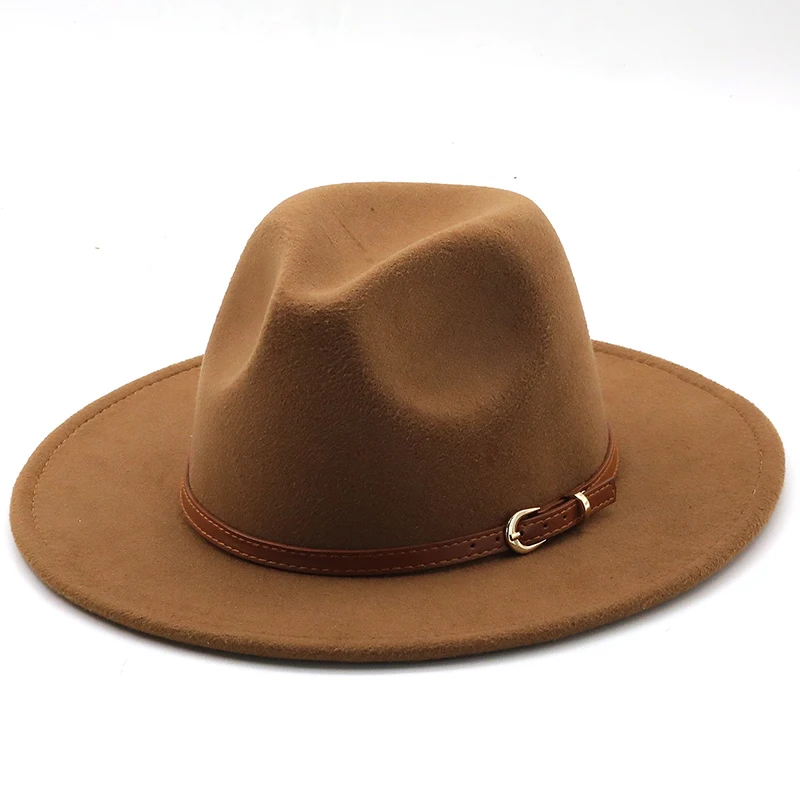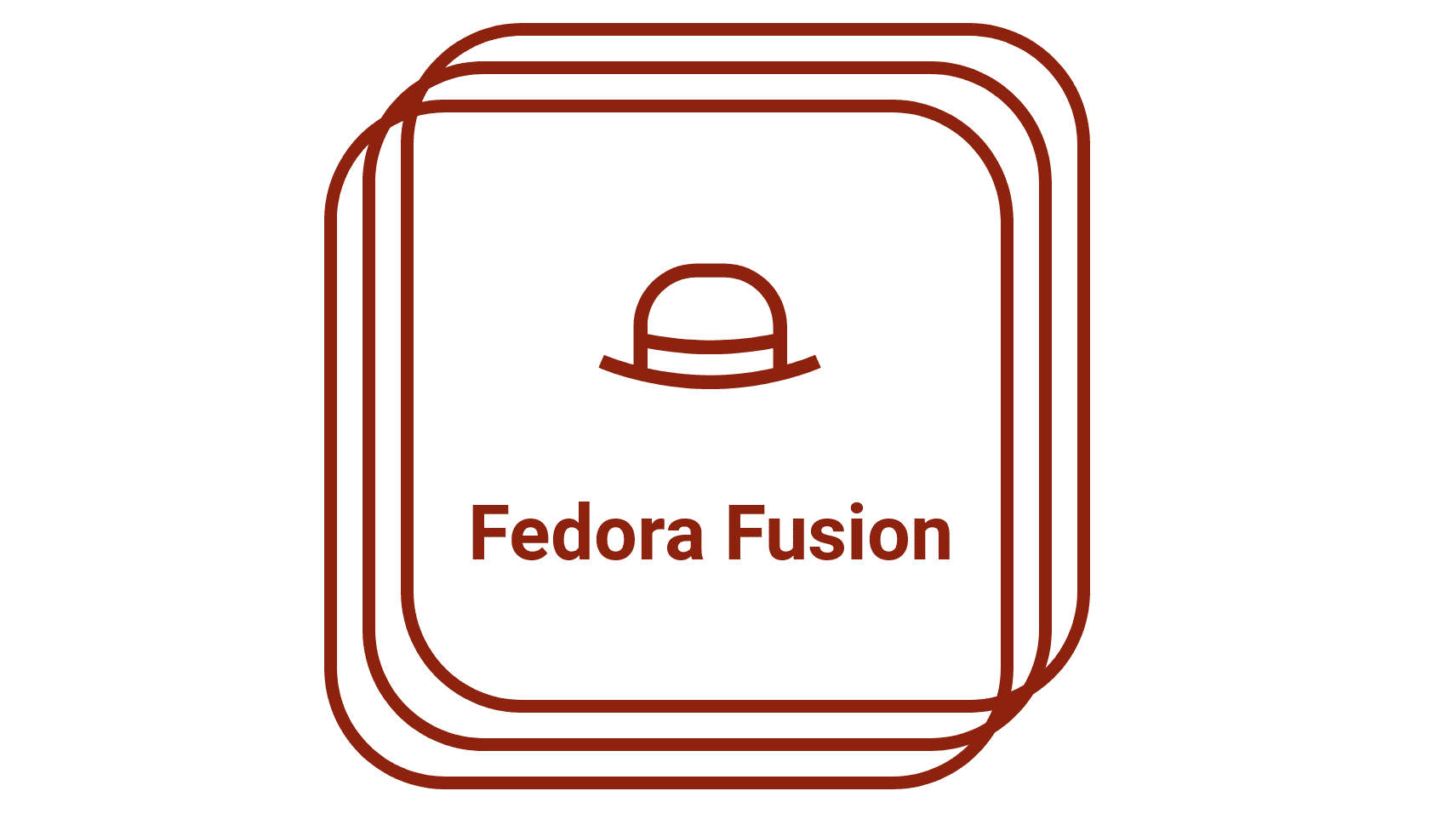
Introduction
These items have long been associated with timeless elegance and versatile style. Originally popularized in the early 20th century, these items have maintained their status as a fashion staple for both men and women. This guide explores the history, various styles, and practical tips on how to wear and care.
The History of Fedora Hats
- Early Origins
- 19th Century Beginnings: These items were first coined in the 1890s, derived from the name of a play called “Fédora” by Victorien Sardou. The main character, Princess Fédora Romanoff, wore a soft felt hat, inspiring the name.
- Women’s Fashion: Initially this item were a popular choice among women, symbolizing the women’s rights movement during the late 19th and early 20th centuries.
- 20th Century Popularity
- Men’s Fashion: By the 1920s, had become a significant part of men’s fashion, especially among urban professionals. The hat’s wide brim and indented crown provided a stylish yet practical accessory.
- Hollywood Influence: The golden age of Hollywood saw many leading men, such as Humphrey Bogart and Frank Sinatra, donning, cementing their place in popular culture.
- Modern Resurgence
- Contemporary Fashion: These are worn by both men and women, appreciated for their classic look and adaptability to modern styles.
- Celebrity Endorsement: Fashion icons and celebrities continue to popularize the fedora, wearing them at public events and in everyday fashion.
Styles of Fedora Hats
- Classic Felt Fedora
- Material: Typically made from wool or fur felt, offering durability and warmth.
- Design: Features a medium-width brim and a creased crown, with a ribbon or band around the base of the crown.
- Straw Fedora
- Lightweight and Breathable: Made from straw or other lightweight materials, ideal for summer wear.
- Casual Style: Often seen at outdoor events, beach outings, and casual gatherings.
- Wide-Brim Fedora
- Bold Statement: Features a wider brim, providing extra sun protection and a more dramatic look.
- Fashion-Forward: Popular among fashion enthusiasts looking to make a statement.
- Short-Brim Fedora
- Modern Twist: A contemporary take on the classic fedora with a shorter brim, offering a sleek and modern look.
- Versatile: Suitable for both casual and formal occasions.
- Designer Fedora
- High-End Materials: Crafted from premium materials such as cashmere, beaver felt, or exotic straw.
- Unique Designs: Often feature unique embellishments, patterns, or custom details, making them a luxury fashion item.
How to Wear Fedora Hats
- Choosing the Right Fedora
- Face Shape: Select an item that complements your face shape. For example, a wide-brim suits longer faces, while a short-brim can balance out rounder faces.
- Occasion: Consider the formality of the event. These items are ideal for formal occasions, these are perfect for casual outings.
- Positioning the Fedora
- Tilt and Angle: Experiment with the tilt and angle to find the most flattering position. Tilting it slightly forward can add an air of mystery and sophistication.
- Brim Shape: Adjust the brim to suit your style. A snapped brim (up at the back and down at the front) offers a classic look, while an upturned brim all around gives a more casual feel.
- Pairing with Outfits
- Formal Attire: Pair a classic felt with a tailored suit, dress shoes, and a tie for a polished, sophisticated look.
- Casual Wear: Combine this item with a casual button-down shirt, jeans, and loafers for a relaxed yet stylish outfit.
- Bohemian Style: Match a wide brim with a flowy dress, ankle boots, and layered jewelry for a bohemian chic look.
- Seasonal Considerations
- Winter: Opt for wool or felt fedoras in darker colors to complement winter coats and scarves.
- Summer: Choose lightweight item in lighter shades to stay cool and stylish during warmer months.
Practical Uses of Fedora Hats
- Sun Protection
- Wide Brim Benefits: These items provide ample sun protection for the face, making it a practical choice for outdoor events and activities.
- UV Protection: These items come with UV protection, adding an extra layer of defense against harmful rays.
- All-Weather Accessory
- Rain and Shine: These are water-resistant, making them suitable for rainy weather, these are perfect for sunny days.
- Windy Conditions: The snug fit and secure design help keep the hat in place, even in windy conditions.
- Fashion Statements
- Versatile Style: These items can elevate any outfit, from casual to formal, making them a versatile accessory.
- Unique Expression: Use fedoras to express personal style and add a unique touch to your wardrobe.
Caring for Your Fedora Hat
- Cleaning
- Felt Fedoras: Brush off dust and dirt with a soft-bristled brush. For deeper cleaning, use a damp cloth and mild soap.
- Straw Fedoras: Wipe gently with a damp cloth. Avoid soaking the straw, as it can warp and lose shape.
- Storage
- Proper Shape Maintenance: Store fedoras on a hat stand or in a box to maintain their shape. Avoid placing heavy objects on top.
- Cool, Dry Place: Keep hats in a cool, dry place away from direct sunlight to prevent fading and damage.
- Handling
- Minimize Touching: Handle this item by the brim rather than the crown to avoid creasing and fingerprints.
- Avoid Excessive Handling: Reduce the frequency of putting on and taking off the hat to prolong its lifespan.
Conclusion
These are a timeless and versatile accessory that can enhance any outfit, providing both style and practicality. Understanding the different styles, how to wear them, and proper care techniques ensures you can make the most of your fedora and maintain its classic elegance. Whether dressing for a formal event or a casual outing, this item adds a touch of sophistication and flair to your ensemble.
